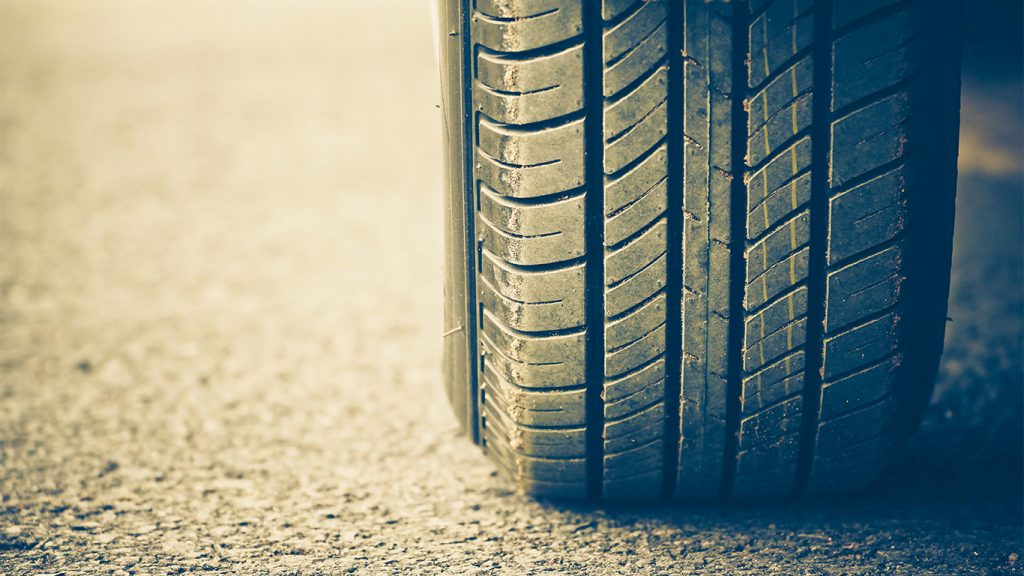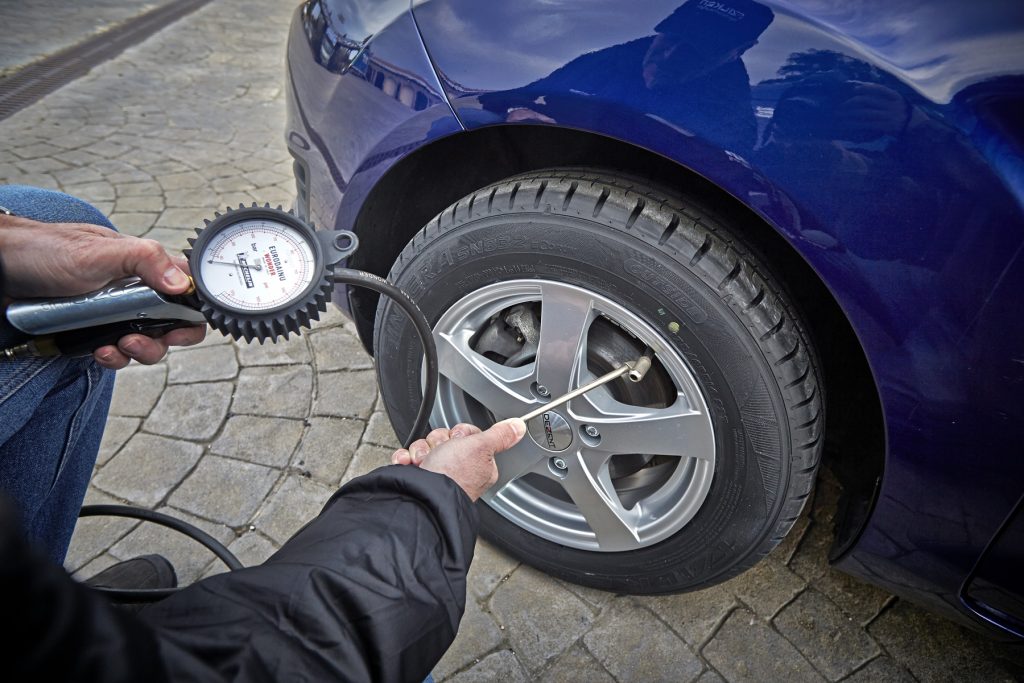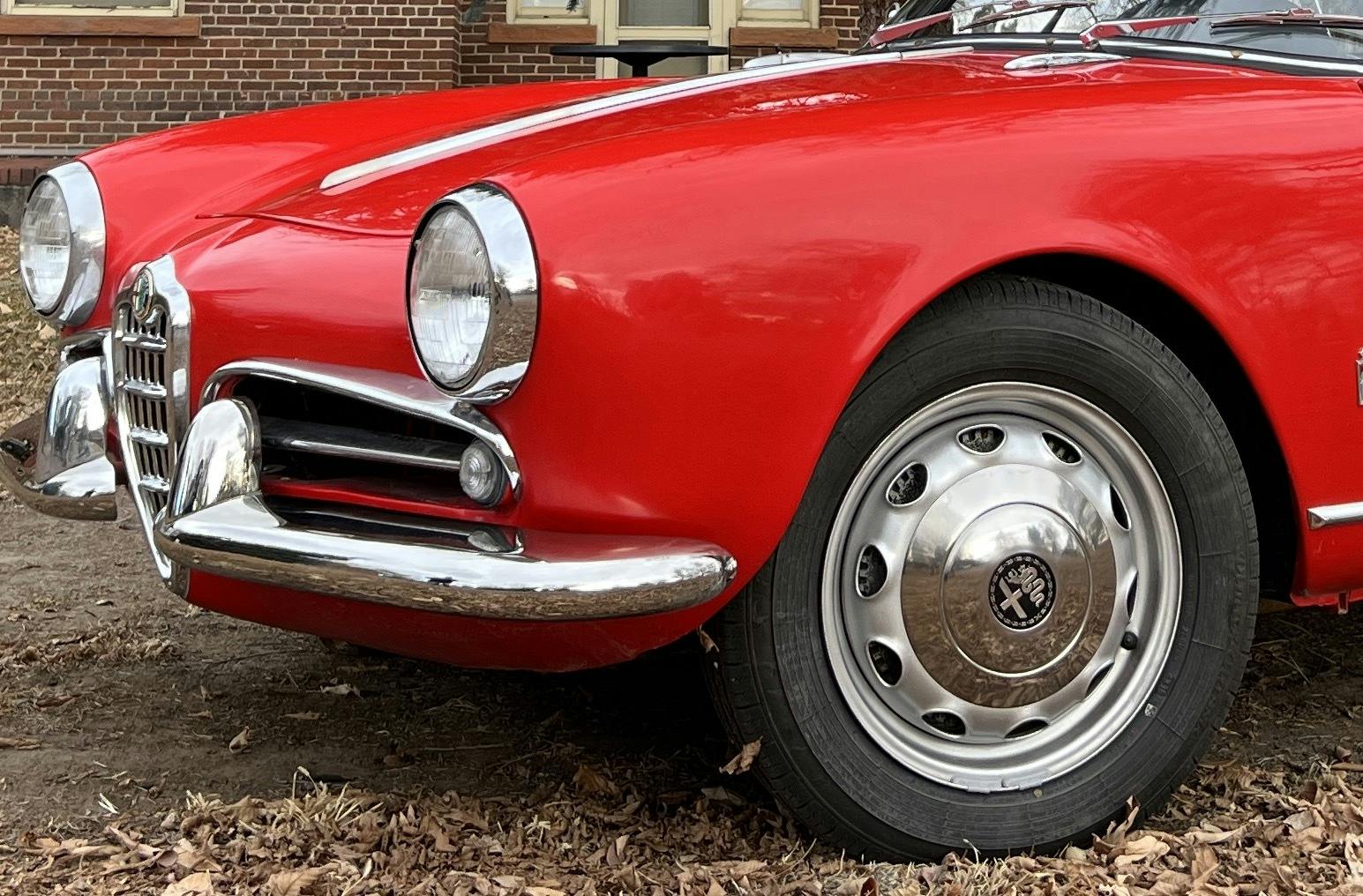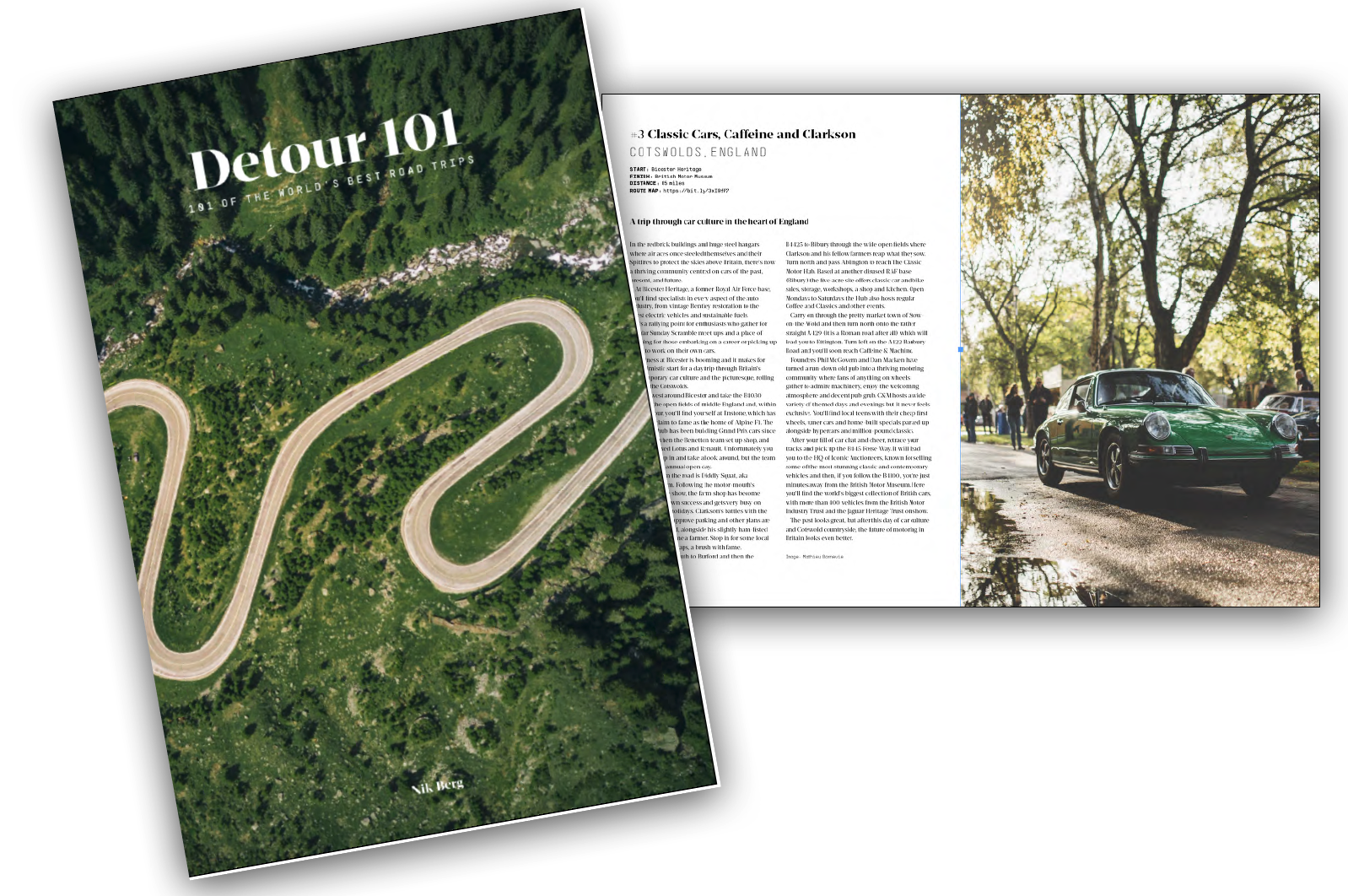Tyres are like brake pads, nobody wants to spend money on them yet their condition is, well, quite important. These days the word ‘classic’ covers a wide age range of cars and the term ‘modern classic’ is now part of the vocabulary. That also means the performance of cars in the classic arena covers a much wider range too. Hanging on to an older set of tyres may be just about acceptable on a wire-wheeled wonder that never exceeds 50mph but on something younger and faster, it can be dangerous.
It’s often said that the only thing between the car and the road are those four, small contact patches and the type and quality of tyre you choose can have a big impact on grip, handling, braking and steering feel. From a safety point of view, just because your classic is a much loved toy that you cherish and drive only for fun, it doesn’t mean that 15 year-old tyres are OK because they’re not.

DOT 4-digit date codes have been moulded on tyre sidewalls since 2000. The first two digits signify the week and the second two, the year. So 0617 would mean the tyres were made in the sixth week of 2017. Date codes have been used in the UK on tyres since the 1980s when they were a three-digit code representing the week and year again. But the decade wasn’t shown, so 027 could mean 1987 or 1997. In either case, if you find a classic wearing tyres thus marked, don’t get hooked on originality, they need to go in the bin. It’s not as if there isn’t a wide range of classic and vintage tyres available now, produced by major tyre manufacturers.
Most manufacturers agree tyres should be replaced at seven to 10 years and while tyres that age are less likely to be found on a daily driver, low annual mileage classics could well be shod with older rubber. It should go without saying that inspection is important.

You should look for tell-tale signs that all is not well, such as uneven wear across the tread of the tyre. This can indicate incorrect wheel alignment, and will manifest itself as wear on only one side of the tyre, with the outside of the tyre wearing due to toe-in, and the inside due to toe-out. Any reputable tyre fitter and many garages will be able to investigate further and make corrections to the vehicle manufacturer’s recommended setting.
Any damage to the sidewall is a no-no and cracking or crazing – both on the sidewalls and between the blocks of tread – is a dead giveaway that the compound is suffering from the effects of UV radiation, oxidisation and weathering. Again, it’s time to get rid. That recommendation holds true irrespective of the visual condition of the tyre and even if they appear to be perfect, they should be replaced once they’re past the manufacturers use-by date. After all, how can you be certain that the tyre’s construction won’t fail and it will suffer delamination of the tread and plies, quite possibly at speed?

Don’t forget to check tyre pressures regularly as well, only when the tyre is cold, because pressure affects the performance of a tyre just as much on a classic as a modern car, especially if it’s a performance car. Also remember that more often than not, a car has recommended air pressures for light loads and another set for heavy loads or high-speeds – and don’t forget the spare wheel, if the car has one.
When checking air pressures, avoid filling station air lines and don’t trust a foot pump gauge. To get it right, it’s worth investing in a karting pressure gauge from a motorsport supplier. A racing kart is super sensitive to tyre pressures and gauges made for that purpose have to be very accurate. Set tyre pressures cold for road use but if you drive your classic on track days and are using dedicated track day or race tyres, check they are at the optimum recommended pressure when hot to get maximum grip.
Read more
When it comes to protecting your hands, do your work gloves actually work?
Socket Set: Maintaining your car’s cooling system
7 tips from readers to keep mice out of stored cars










DOT 4-digit date codes have been moulded on tyre sidewalls since 2000. The first two digits signify the month and the second two, the year. So 0617 would mean the tyres were made in the sixth week of 2017.
Wrong, Ist two digits = week
You should look for tell-tale signs that all is not well, such as uneven wear across the tread of the tyre. This can indicate incorrect wheel alignment, and will manifest itself as wear on only one side of the tyre, with the inside of the tyre wearing due to toe-in, and the outside due to toe-out.
Wrong, Outside of tyre wears due to excessive toe in, and vice versa.
Incorrect camber is responsible for wear on the inside or outside of the tyre tread. Excessive negative camber wears out the inside edge, excessive positive camber wears out the outside edge of a tire.
Excessive toe out/toe in causes ‘feathering’ on the surface across the tyre tread.
The best way to test for it is to drag the palm of your hand back and forth across the tread. If the alignment is out you will notice a distinct feathering and/or raised edges on the edges of the tread blocks. Excessive toe out is when the feathering is in the direction to the outside of the tread blocks and vice versa for excessive toe in.
So, using the palm of your hand across the surface of a tyre (along with a visual look) can give you a fairly good indication of the state of your wheel alignment.
If it feels the same in both directions across the tyre surface, then your alignment is satisfactory.